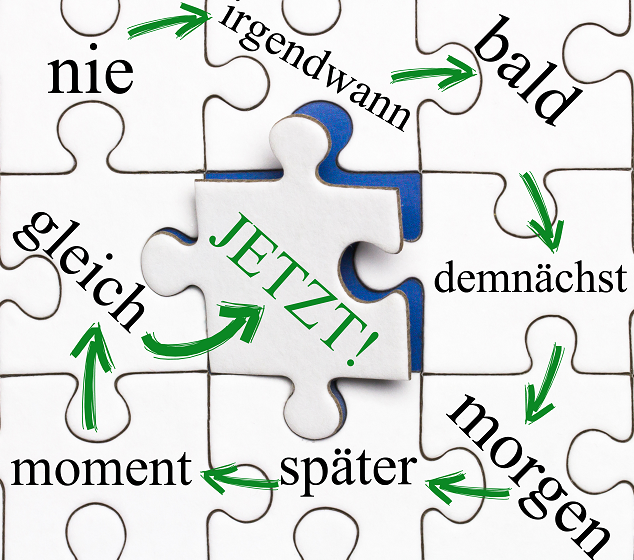Congratulations – you have just done it again. By opening this article, you have made a decision. One of an average of 20,000 decisions you make every day.
Most of them probably in a split second and unconsciously. Some perhaps after days of weighing up the pros and cons. Others again intuitively from the gut and without any lengthy factual analysis.
What do we know about this exciting phenomenon of decision-making?
Almost all researchers working on decision research agree that decision-making processes are far less rational than we wish.
Supported by new findings from brain research, which has provided groundbreaking insights in the last ten years, we know that emotions and feelings greatly influence how we make decisions.
That it even goes one step further is shown by an experiment conducted by Professor John-Dylan Haynes at the Bernstein Center for Computational Neuroscience in Berlin: Subjects were asked to consciously decide to press a button on the left or the right.
The almost unbelievable finding: by measuring brain waves, the researchers were able to measure activity in the brain up to 7 seconds before the conscious decision was made, which allowed them to draw conclusions about which button the person would press. These results support other studies that also conclude that the subconscious strongly influences our decisions.
Wolf Singer, one of Germany’s most important brain researchers, goes even further. His studies show no evidence for free will decisions at the neuronal level. Instead, the brain appears to be a self-organised system by which decisions are made according to a predetermined, highly complex, individual set of rules.
Even though there is still no final answer to the question of how decision-making processes in the brain work in detail, it is possible to deduce how better decisions can be made. We have compiled the best five tips and methods for you.
Emotionally put yourself in the target state.
This method implicates imagining the decision has already been made and putting oneself emotionally in the state afterwards. Repeat this for all the decision options available.
I want to illustrate this with an example:
Let’s say you are faced with the decision to change your job or to stay in your current position. Of course, there will be clear decision criteria: Salary, development opportunities, working atmosphere, job security, etc.
Nevertheless, decisions which greatly influence future life can be challenging. So try as best to put yourself in one situation and then in the other. It is vital to imagine that you have made the decision and to take enough time. The following questions can help:
- Having made the decision, how do I feel now?
- Feel inside yourself; what is your body telling you?
- Go on an inner journey through your body. Where do you feel differences?
- Think about the reaction of your family / the closest friends to the decision. How does this reaction feel?
You can repeat this exercise with different time horizons, e.g.: How does the situation feel one month, one year or five years after the decision?
- Question emotions that influence your decision
Even though you cannot make decisions without emotions, you have the opportunity to reflect and question them. Ask yourself what is behind the feelings and what expectations or fears are associated with them. It can be beneficial to involve a neutral outsider (e.g. a coach). This is less about asking for advice (“How would you decide?”) and more about using this person as a reflection surface for one’s thoughts and emotions. Simply expressing one’s thoughts and describing one’s feelings is often experienced as very helpful in decision-making.
- Change perspective
Look at the situation from a different perspective. How does the decision look from the point of view of your colleagues, your boss or your employees? How do you evaluate the various decision criteria from their perspective? Do the new perspectives give rise to new arguments or decision-making criteria that you had not thought of before?
- Sleep over it
Not every decision has to be made immediately – sleep on it. Sleep is of great importance to our brain. Perceived and experienced things are subconsciously processed and re-sorted. Connections are made, and often, the best ideas emerge overnight. The point is not to postpone unpleasant decisions but to give the body, especially the subconscious, time for decision-making.
- Food!
Hard to believe, but scientifically proven: Hungry people make worse decisions! Hunger subconsciously steers our decisions towards short-term success: if blood sugar levels are low, decisions are more likely to aim for short-term reward or gratification. When blood sugar levels are normal, the focus is more on good long-term decisions. In this case, there is sufficient energy for analysis and planning.
These methods do not replace the analysis of facts and the definition of decision criteria but rather complement them. To make a good decision, both are needed.
With this in mind, we wish you many good decisions and lots of fun in implementing one or the other tip described here.


Recent Comments